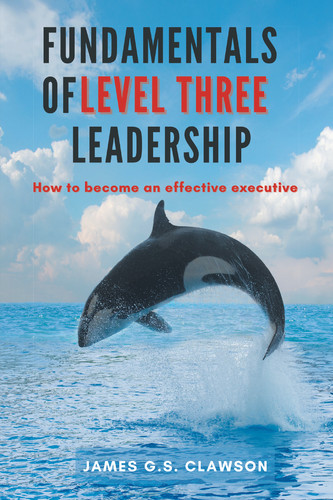Concept
Investments in the three intangible asset pools are useless unless they contribute directly to the enhancement of an organization’s core capabilities. By core capabilities, we mean the imaginary but real clusters of skills that form the basis for an organization’s ability to compete in the market place. Training programs for human capital and social capital and re-organizations for organizational capital won’t be anything more than money down the drain unless the corporation’s core competitive capabilities are fertilized and grown.
Example
In the post-WWII years, Komatsu in Japan had a difficult time until its management realized that unless they could build with the quality that Caterpillar had, they couldn’t compete. Whatever it was that produced the legendary Caterpillar strength and dependability, they had to figure that out and duplicate or exceed it if they wanted to compete against their American industry leader. That effort took the company some ten years or more. Building a core capability, in this case high quality manufacturing systems, isn’t something that can be done overnight. There was a time when Japanese products were viewed as “cheap, poorly built and undependable” in the United States. Same with Chinese products. Today, both countries along with South Korea are producing high quality highly competitive products. See again the chapter on the Innovator’s Dilemma.
Starbucks is another example of core capabilities, which are usually a handful of abilities that define the company’s strength. Often these have to do with the supply-chain management skills. In Starbucks case (see the case written by Scott Snell at Darden Business Publishing), the handful of capabilities were acquisition of highest quality coffee beans, proprietary roasting process, store design and management down to inches of movements for baristas, and real estate. The company invested over $10mm in a Central American agricultural school to educate bean growers on how to produce better beans. The roasting facilities are closely guarded. Starbucks’ store management is legendary (like McDonald’s). And with the global network of stores, real estate management is a critical focus.

Source: Stalk, Evans, and Shulmand (1992)
Challenge
1. Write down the handful of core capabilities essential to your organization’s ability to compete and survive.
2. Assess how your organization’s investments in HC, SC, and OC have contributed to those core capabilities. How would you adjust those investments if at all?
3. Assess the core capabilities of your major competitors.
4. What are they better at than you?
5. What are you better at than them? How could you protect those advantages?
